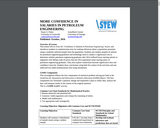
This lesson introduces students to randomization tests for making inferences about a population parameter using a randomly selected sample from the population.
- Provider:
- The American Statistical Association
- Date Added:
- 01/11/2018

This lesson introduces students to randomization tests for making inferences about a population parameter using a randomly selected sample from the population.
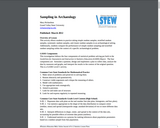
Students practice taking simple random samples, stratified random samples, systematic random samples, and cluster random samples in an archaeological setting. Additionally, students compare the performance of simple random sampling and stratified random sampling within the context of a specific archaeological problem.

This investigation focuses on guiding students as they collect and interpret data from a spinner experiment with outcomes that are equally likely. Students will have the opportunity to organize the collected data in tables and graphs and will draw conclusions and make predictions based on the data collected.
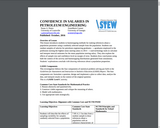
Students are introduced to bootstrapping methods for making inferences about a population parameter using a randomly selected sample from the population.

Students will gain an understanding of how to create two-way frequency tables and interpret relative frequencies in the context of types and colors of candy.
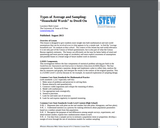
Students gain insight into both mathematical and real-world assumptions that can be involved even in what appears to be a simple task: to find the “average household size†for students at their school. The context of this lesson has real-world relevance: it is not only part of the Census at School questionnaire, but is also part of what the Census Bureau regularly estimates. The lesson can efficiently set the tone for better habits of mind and questioning and more precise usage of vocabulary and more explicit awareness of assumptions and possible biases in a broad range of future student work in statistics.

This lesson is designed to give students more insight into both mathematical and real-world assumptions that can be involved even in what appears to be a simple task: to find the “average household size” for students at their school. The context of this lesson has real-world relevance: it is not only part of the Census at School questionnaire, but is also part of what the Census Bureau regularly estimates. The lesson can efficiently set the tone for better habits of mind and questioning and more precise usage of vocabulary and more explicit awareness of assumptions and possible biases in a broad range of future student work in statistics.
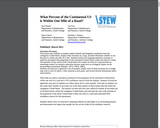
Students sample random latitude and longitude coordinates from the contiguous United States, display these locations on a map, and then determine whether or not the point is within one mile of a road.

Students drop and catch a yardstick to determine if there is significant evidence (via a matched pairs randomization test) that people are faster with their dominant than their non- dominant hand.

Students will have the opportunity to collect and explore real data using two different brands of fortune cookies. Students will open each brand of fortune cookie and classify their fortunes into one of four categories. Students will then construct a two-way frequency table to display their data and they will investigate their results using joint relative frequencies and marginal and conditional distributions.